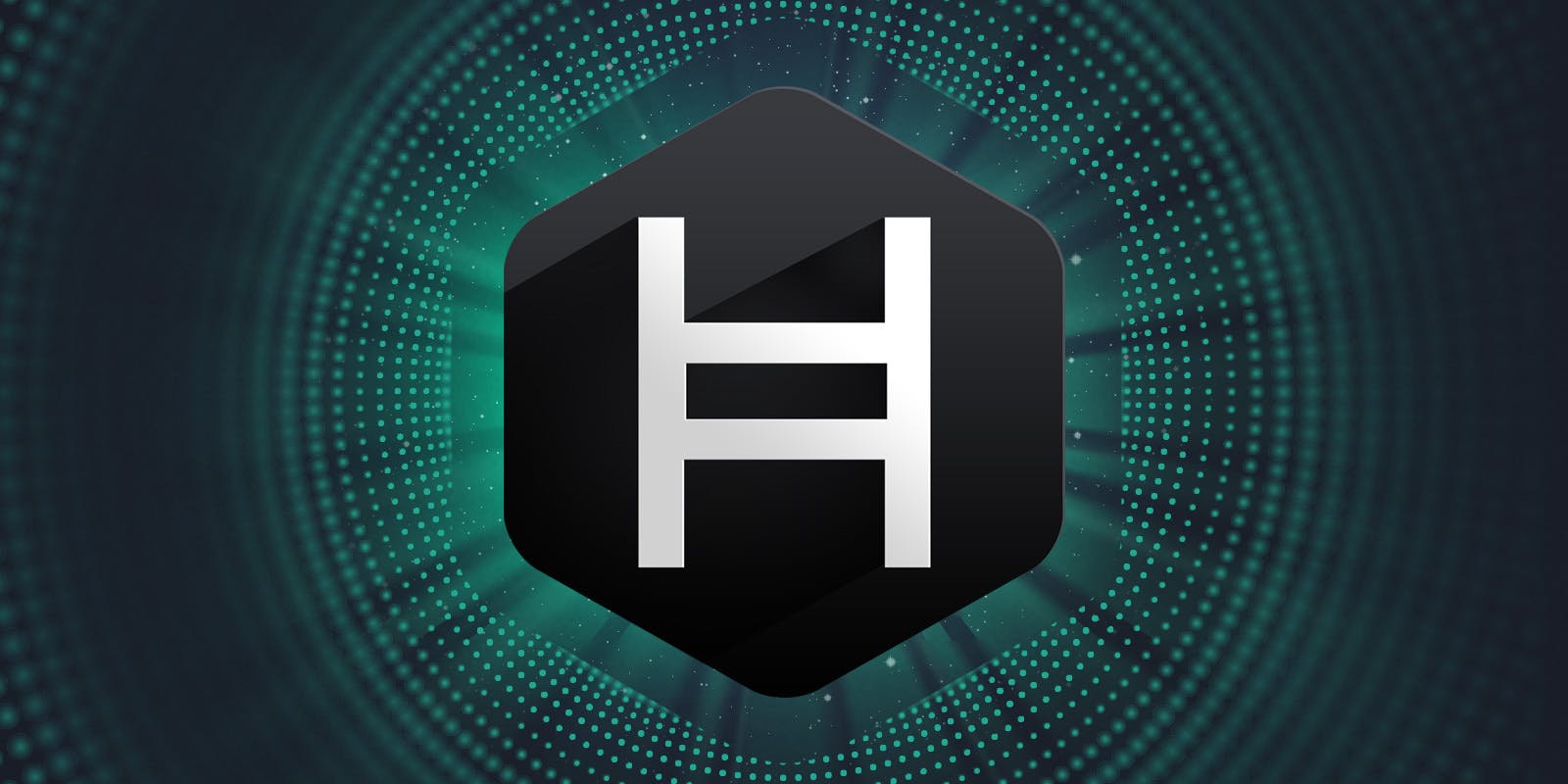What is Hedera Hashgraph (HBAR)?
Hedera Hashgraph is a public crypto network that serves as a platform where anyone can transact and create decentralised applications. The network enables any organisation, whether a start up or multinational organisation, to build and deploy scalable decentralised applications (dApps).
Hedera enables scale for dApps by delivering 10,000 tps, finality of transactions in under 5 seconds, fixed low costs of transactions (less than 1 US cent), and low energy consumption. The hashgraph consensus algorithm makes this possible as a leaderless consensus algorithm that prevents network downtime or outage.
Today, nodes are operated by Hedera Governing Council members including Google, LG, Ubisoft and more. In the future, nodes can be operated by anyone in the public to scale node operation over time.
In brief:
- Hedera Hashgraph is a smart-contract company platform that presents itself to be a faster and more secure alternative to blockchains.
- It avoids proof-of-work mining by using a unique proof-of-stake technology called Directed Acyclic Graph.
- HBAR is the native cryptocurrency that facilitates network functionality, transaction finality and other operations.
- Hedera Hashgraph achieves 10,000 plus transactions per second (tps) using its model.
Who created HBAR?
Hedera Hashgraph was built by computer scientist Leemon Baird, and tech executive Mance Harmon. The two initially founded a company called Swirlds in 2015.
After some time, the firm expanded into an entity called Hedera, which was subsequently renamed to Hedera Hashgraph. The goal was to develop and govern a live network using their core proof-of-stake technology.
Since 2018, the company raised $124 million from HBAR crypto sales through an agreement for future tokens offering (SAFT).
Hedera plans to gradually allow more entities and nodes to join in until it is finally made public at a later stage.
How does the cryptocurrency work?
Hedera Hashgraph uses its own unique proof-of-stake (PoS) consensus mechanism known as Hashgraph consensus in order to keep its network secure.
Specifically, the mechanism uses a rotating governing council that consists of dozens of organisations which span across 11 industries. In February 2020, HBAR onboarded Google to its governing council, which is its largest partnership ever. Google now runs a Hedera network node and participates in the governance of the network.
In 2021, the Hedera Hashgraph council consisted of 19 multinational corporations. These nodes reach consensus through a process called “gossip”, which is effectively comparing notes on transaction history of the network.
As the process unfolds, nodes select several “famous witnesses”, each of which is an event or transaction. Their fame arises because the information is communicated to other nodes early in the process. After that, the famous witnesses compare “gossip” which is relayed to the majority of the nodes.
The stated goal of this process is to have predictive confidence by reaching a “strongly seeing” end point. The company’s security setup is also aimed at ensuring "asynchronous” Byzantine fault tolerance (ABFT). This means it can guarantee both the timing and order of a batch of transactions, even if there is partially lost or delayed data.
Using this centralised mechanism, Hashgraph achieves high-throughput with 10,000+ tps and low-latency finality.
What is the HBAR crypto?
The HBAR token is the native cryptocurrency of the Hedera public network. It is used to power dApp development and to protect the network from malicious activity.
HBAR started out as an initial coin offering (ICO) in August 2018, and first launched open access to its main-net a year later in September 2019. In the pre-sale investors were able to buy the platform’s native utility token (HBAR) at $0.12 per token, with 14,400,400 tokens being sold for $120 million.
The token distribution consisted of a 32.4% pre-mine and various other parties and stakeholders were allocated funds since the launch of the project.
- Hedera Pre-minted Treasury: 32.4%.
- Ecosystem Development: 24%.
- Purchase Agreement: 17.4%.
- Founders & Early Executives: 13.8%.
- Swirlds: 8%.
- Employees & Service Providers: 4.4%.
Tokens will be released over a period of 15 years, at which point the maximum circulating supply of 50 billion tokens will have been reached. Currently, 36% of tokens are in active circulation according to HBAR’s self-reporting.
The HBAR token has a dual role within the Hedera public network:
- Network and transaction fees: HBAR tokens are used to fund transaction fees and to compensate nodes for computer power and bandwidth.
- Governance: HBAR tokens are used to secure the proof-of-stake algorithm and for votes on transactions when reaching consensus.
The Hedera network performs around 6.5 million transactions per day, averaging its transaction time at 5 seconds.
The bottom line
Hedera Hashgraph is often referred to as a ‘third generation’ DLT (Distributed Ledger Technology) network, building on the achievements of earlier generation networks such as Bitcoin and Ethereum. This speaks to Hedera being architected from the ground up to respond to the needs of new and existing applications operating at scale. The enterprise-grade technology and governance provided by the hashgraph and Hedera Governing Council are proving popular with projects of all sizes and Hedera is living up to its tagline ‘The Trust Layer of the Internet’.
